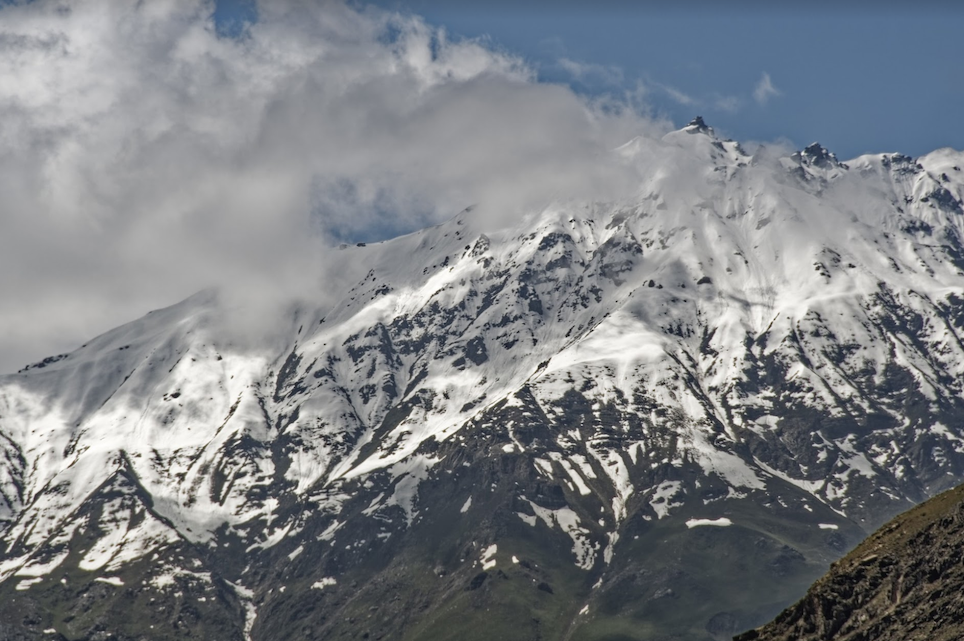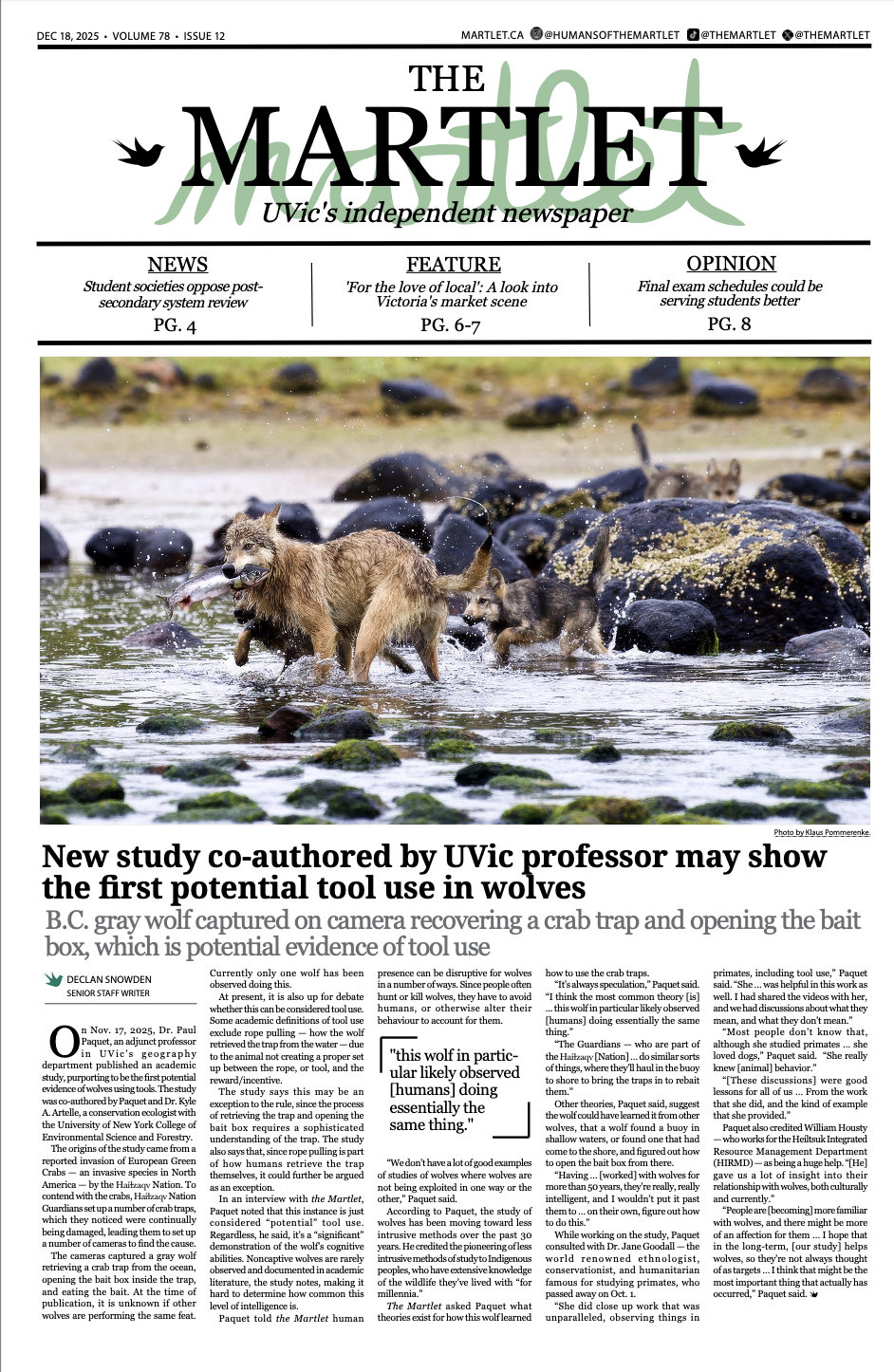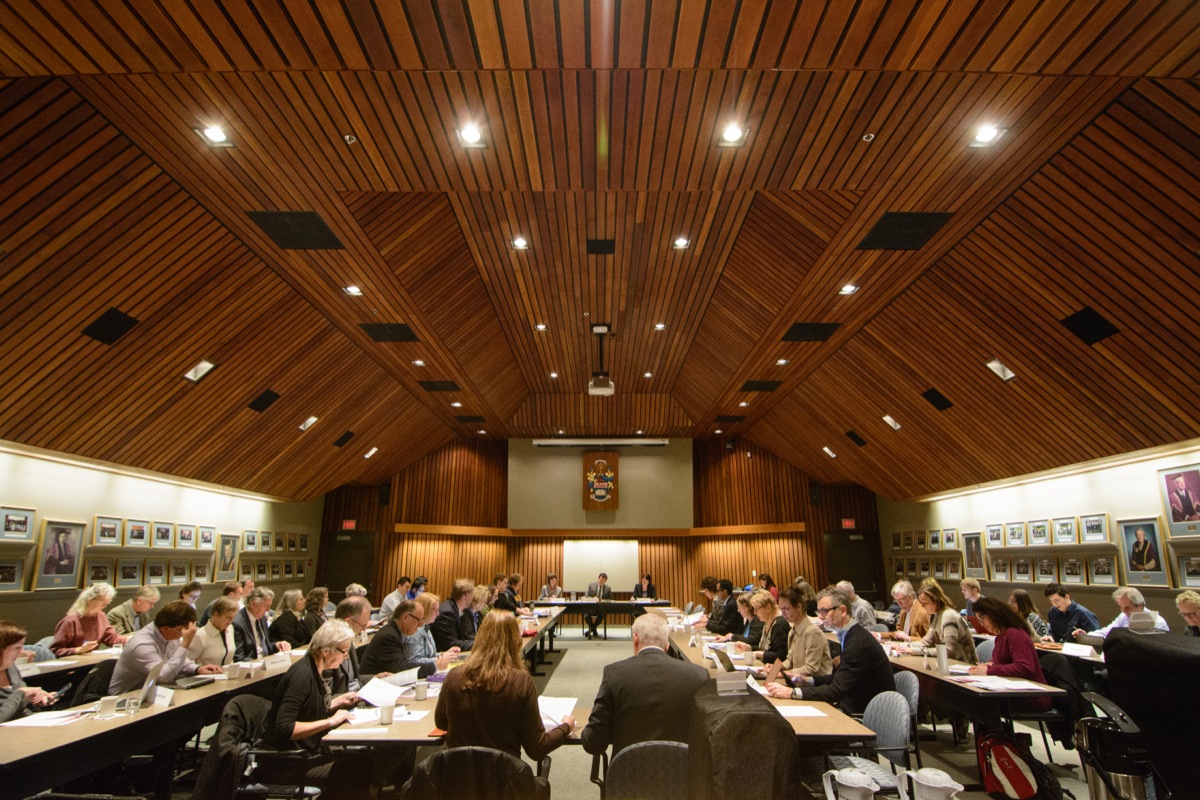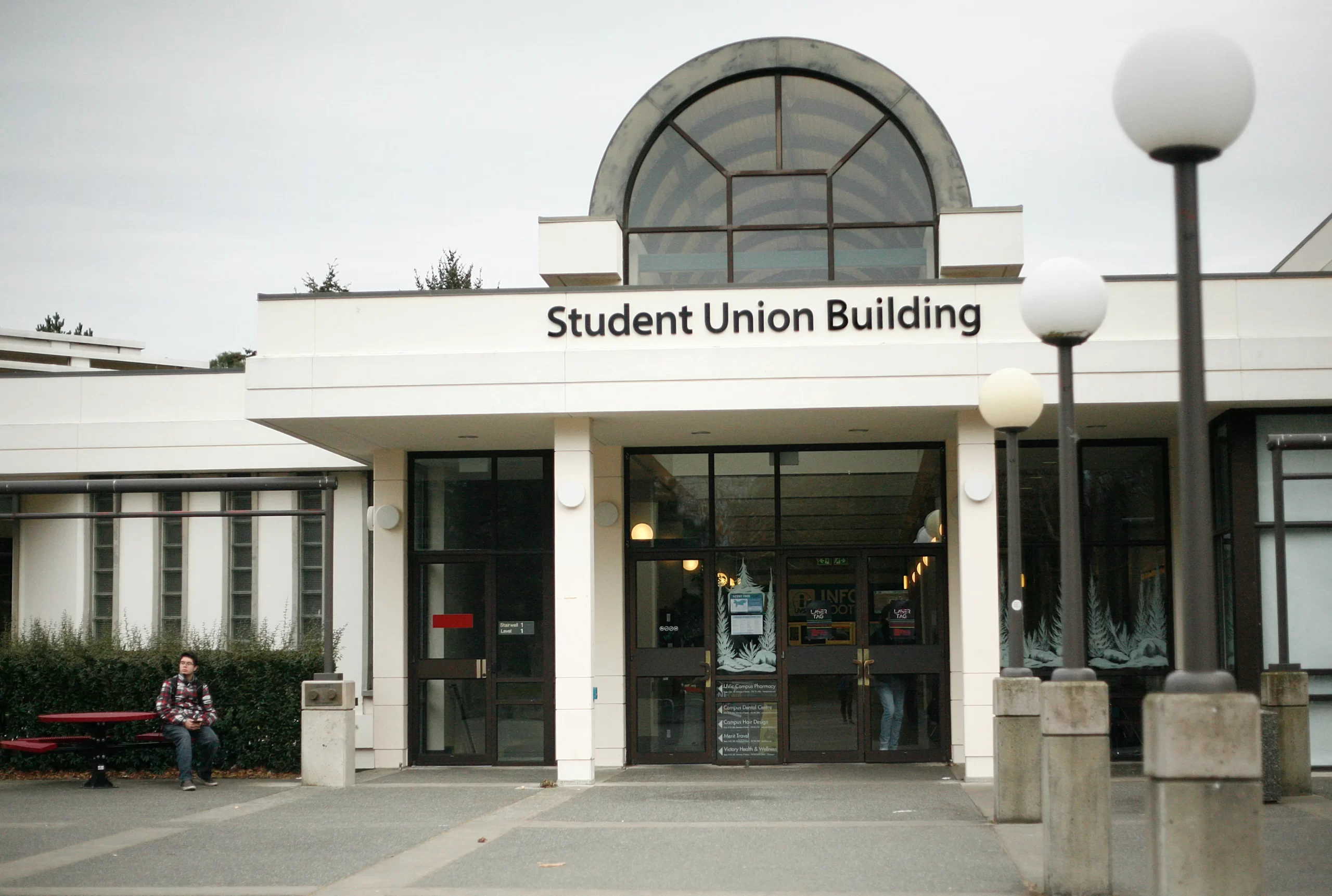
My admiration for Marie Clements’ work brought me to the Victoria Film Festival (VFF) on the night of Feb. 13 to view her film Red Snow.
Prior to the event, I made sure to avoid reading film reviews and prepared to watch the screening having only read a brief synopsis of the plot available on the VFF website. I wanted to experience this film without someone else’s narrative informing my perspective. But there was something else that brought me to this film. I was curious about Clements’ portrayal of Afghanistan, where a young Gwich’in soldier by the name of Dylan learns about the impacts of the post-9/11 war as he traverses through the vast Afghan landscape, running from the Taliban, with the help of an Afghan woman, Khatira, and her family.
Through Dylan’s capture by the Taliban and then his escape, the film illuminates similarities between what the Gwich’in have experienced living in colonial Canada and what the Afghan people experience post-9/11. Indeed, Red Snow was created after Clements was looking at pictures of the Afghan war and saw a family that looked similar to hers. The film begins by drawing the connections between the two peoples when remarks about residential schools are made as Dylan and his team walk through a ravaged Afghan school.
Later in the film, Dylan learns to use these similarities to challenge the Taliban and buy time after his team is killed and he is kidnapped by the Taliban, who assume he is American and hope that a financial offer will be made for his return.
However, after Ramiz, the commander of the Taliban group that has kidnapped Dylan, discovers that Dylan is Indigenous, all hopes of a financial gain are shattered. Disappointed by the prospects, but amused by Dylan’s identity, Ramiz remarks that “Your Indian always loses in the movies,” as Dylan looks at him unimpressed. “And your Indians don’t?” Dylan boldly asks, looking into the commander’s eyes.
But just as Dylan’s identity shocks Ramiz, Dylan’s assumptions about who the enemy is also shift, as he witnesses how Aman, a man who worked as a translator for the Canadians, is perceived as a traitor by the Taliban for being educated, and also as a traitor by the Western world for aiding the Taliban in Dylan’s kidnapping. After Dylan is rescued by Aman’s daughter, Khatira, she informs him that his government uses educated Afghans like Aman by promising them safety and visas for their help, but then leaves them to be preyed upon by the Taliban. Although not explicated in the film, it could be speculated that Dylan knows all too well about broken promises.
As Dylan, Khatira, Aman, and Aman’s young son Tahir race through Afghanistan to make their way to Pakistan, Dylan not only falls in love with “the enemy’s” bold daughter, but also with Aman and Tahir.
Although the film begins with a tragic love story that forces Dylan out of his home and traditional territories and ultimately displaces him from his family, Dylan and Khatira’s love story brings him back to his home territories, with an Afghan family.
By illuminating an Indigenous man who loves deeply and a strong Afghan woman, Clements manages not only to bring together unexplored relationships,but also to disentangle stereotypical narratives about Muslim Afghan women as well as Indigenous men in the Canadian military.








